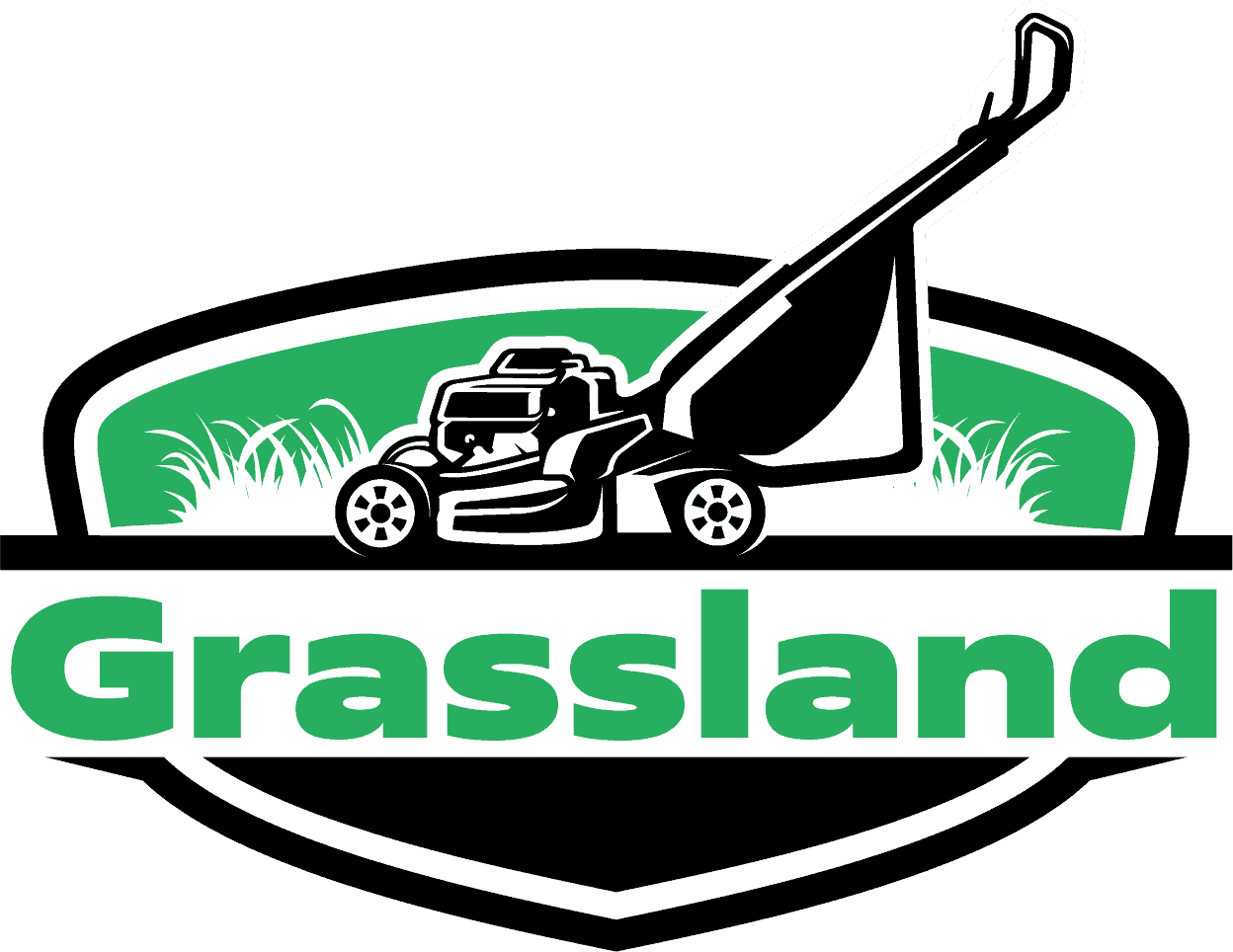Mowing
You have just bought your dream home for your kids and pets to run around in. They want nothing more than to play football in the backyard, but you are worried about all those nasty dandelions invading your perfectly green lawn.
Mowing is the best way to keep grass healthy, lush, and bright green. Unfortunately, most people don’t realize that they can use their mower as a weed control tool, too! Using the right cutting height, you can cut down or eliminate many weeds without spraying any chemicals or pulling them by hand.
One of the most important things to remember regarding yard maintenance is that a healthier lawn equals fewer weeds! Grass should not be cut shorter than 1/3 of its current length. Cutting grass too short too quickly will stress the plant and encourage weed growth, leaving your lawn vulnerable to pests and diseases that can ruin the health of the turf. The best time to mow is in the early morning or evening when it’s cooler, and the grass has a chance to dry before nightfall.
Why Hire Irrigation Professionals For Your Lawn
Some weeds reproduce by seeds that scatter easily on the wind, and others spread quickly from their roots. The key to controlling these pesky plants lies in choosing a cutting height for your lawn mower that cuts off all flower heads (seeds). Mowing at this height will prevent many weeds from reproducing, taking away their food source, and preventing them from going to seed! For dandelions and clover, cut at three inches. For plantain and other weeds, try four inches.
You should know that it is important not to mow your lawn too short if you want to get rid of these weeds. Mowing grass too low stresses the plants and may cause them to become brown. Grass cut at the height of two and a half inches will even turn some types of weeds yellow! Be careful not to set your mower so high that it removes more than one-fourth of the total height of regrowth may be spindly.
If you want your lawn to be looking great all year round, it’s always best to leave it to the experts. Call us now to see what we’re talking about!
Types Of lawnMowers
1. Push Mower
This type of mower is by far the most common and one of the oldest types of mowers on the market today. These easy-to-use machines require you to push them around your yard while you mow it. While they are simple in operation, their size, weight, and maneuverability make them less ideal for larger yards or with many obstacles like trees and flower beds. One advantage is they do not need gas, and most models run off electricity, which means there are no carbon emissions produced by refueling. This makes them great if you live within city limits or just want to be more eco-friendly.
2. Self-Propelled Mower
These are probably the most common type of electric or gas-powered mowers on the market today. They are lightweight, making them ideal if you have hilly areas in your yard. The self-propelled feature allows you what some people say is almost effortless pushing around your lawn without causing excessive wear and tear on yourself. These mowers also tend to be cheaper than other options out there, making them an easy choice if you’re on a budget.
3. Riding Lawn Mower
These have been around for quite some time now. They used to be very expensive for smaller yards, but now, they have become more affordable for most people’s needs due to advancements in technology. A riding mower has many features that make it stand out from the rest, like a bigger cutting deck (normally 36-48 inches), typically rear engine, which means you don’t need to worry about blowing out your back pushing it uphill. The best part is that these types of mowers can usually cut your yard in half the amount of time as other mowers. These features make them ideal for larger yards without many obstacles. Riding mowers are also great for commercial use if you run a landscaping or lawn care business.
4. Zero-Turning Radius Mower
Unlike the styles above, where the mower cuts in a circle around your yard, this style cuts along with the natural contours of your yard. This means that as you turn and go around objects, you won’t be stuck cutting straight lines like what happens with other styles. These mowers typically range from $1500-$2000 and can also be gas or electric-powered. If you live on acreage or have many hills and obstacles, this is probably the style of mower for you.
5. electric/battery powered
The last and most expensive type is electric/battery powered. Most models run off Rechargeable Lithium batteries, but only a few still require 120 volt corded electric power supply. You can expect to pay anywhere from $200 – $8000+ depending on the make and model of your mower. They also range from small riding mowers to massive commercial ones. Electric-powered lawn mowers are the Quietest, produce no fumes but, most of them need constant recharging. The batteries usually last long enough to completely mow a standard parcel residential property, but most dont keep enough charge in one battery to handle larger lawns in one charge. This makes them ideal for many residential Do-it-yourselfers but, are usually not efficient for commercial use.
FREQUENTLY ASKED QUESTIONS
Yes, although you may prefer not to because stopping and restarting a lawn mower is more complicated than just keeping on cutting in a straight line. However, if your lawn has lots of obstacles in its way (such as flower beds and trees), it might be safer for everyone involved if you turn off the power and go back over the area with your mower after you’ve passed through.
If your grass becomes damaged during the mowing process, or for any other reason do not worry. It is very simple to fix with a few basic tools that you can find in your garage (such as pliers and an adjustable wrench). Look for the piece of metal that was ripped out and remove both halves using these tools. Afterward, you can use an epoxy-based compound to glue them back together again securely.
To avoid having to water your lawn excessively, you should not cut back on the moisture levels during the hottest part of the day (which is between 10:00 am and 4:00 pm). Instead, wait until later in the day, around 6:00 pm or so, so that most of your yard will be dry by nighttime.

